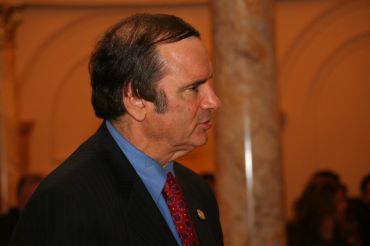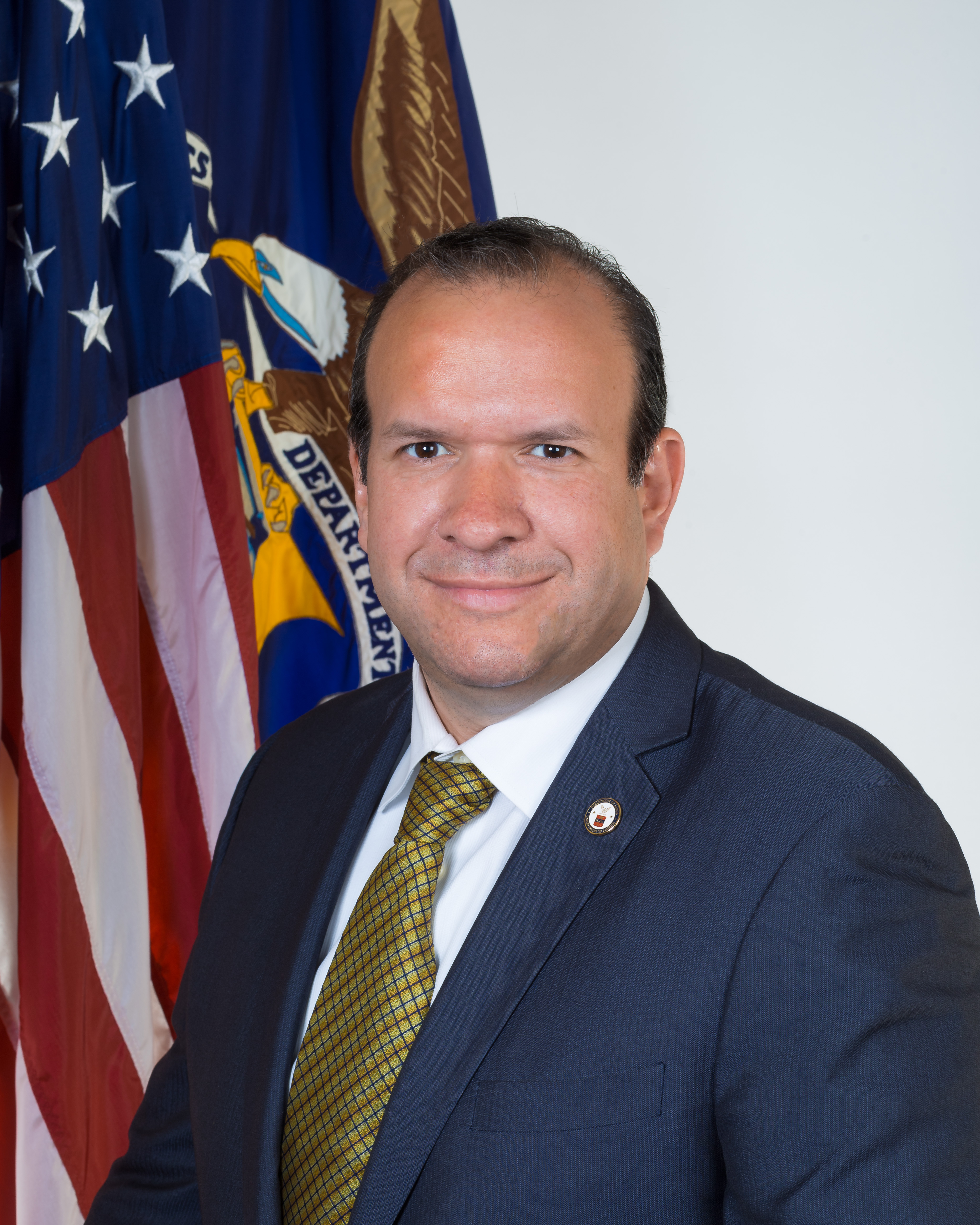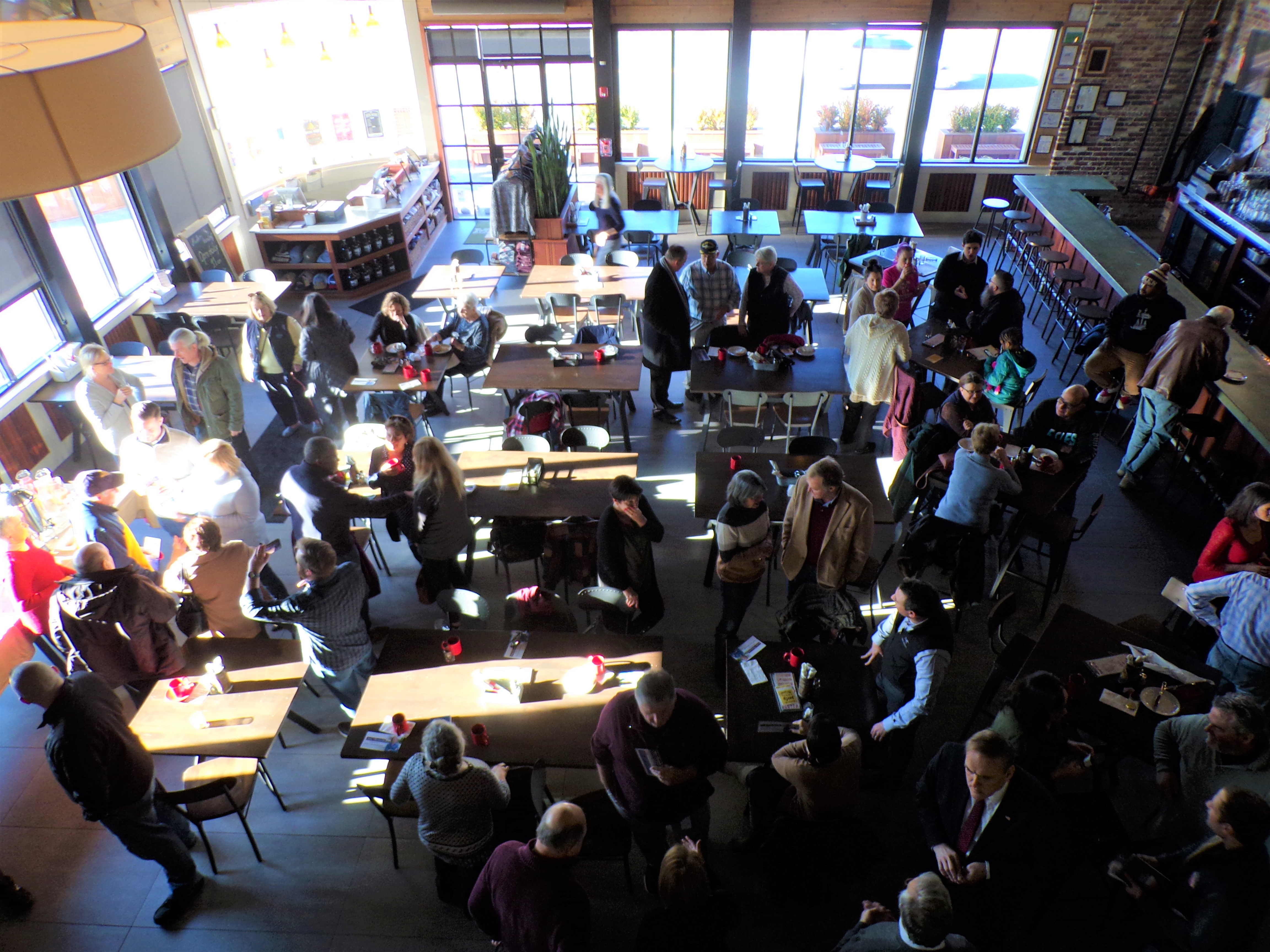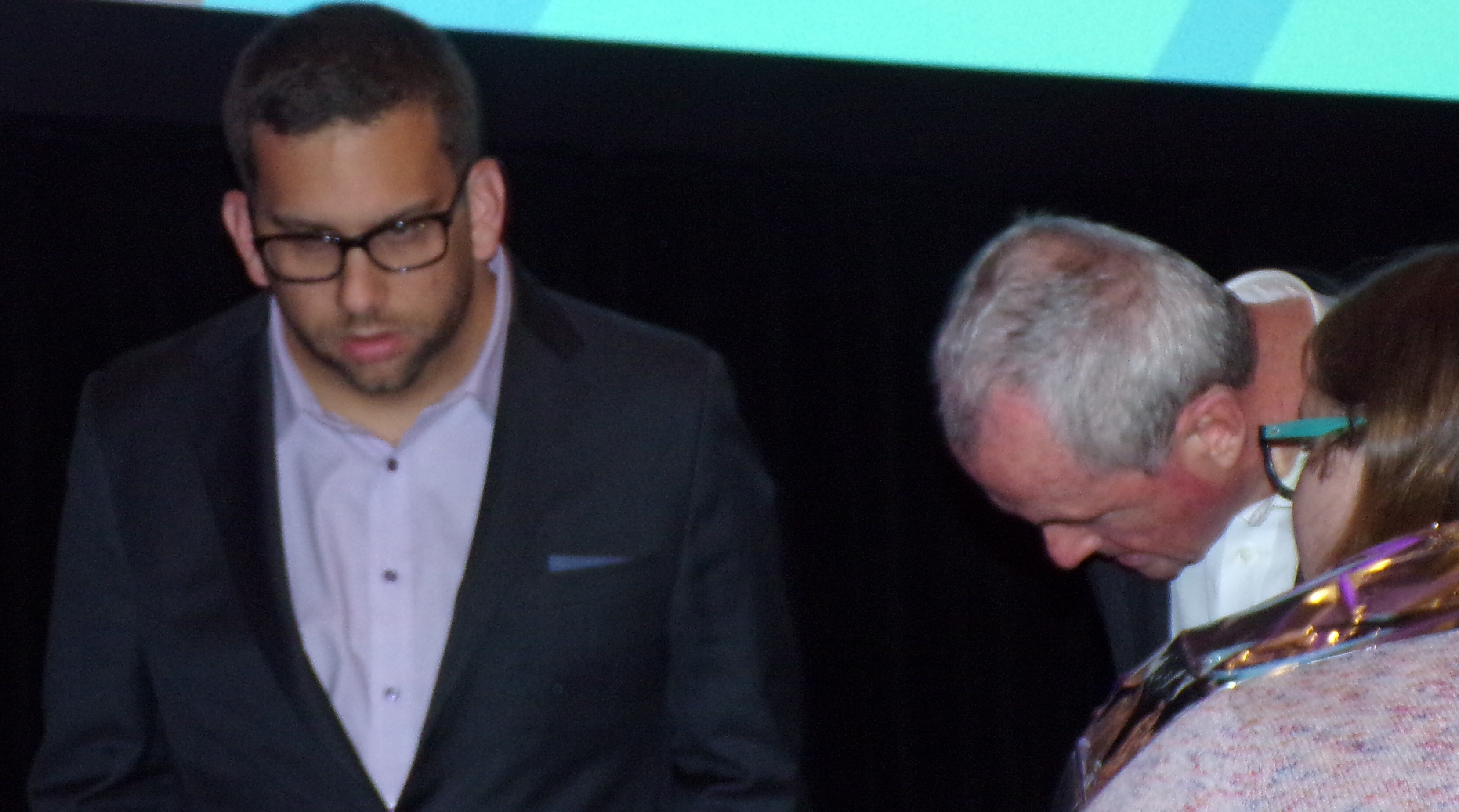Elsinboro Township is a township in Salem County, New Jersey, United States. As of the 2010 United States Census, the township’s population was 1,036, reflecting a decline of 56 (-5.1%) from the 1,092 counted in the 2000 Census, which had in turn declined by 78 (-6.7%) from the 1,170 counted in the 1990 Census.
Elsinboro’s first mention dates back to May 12, 1701, though it was also mentioned in records on November 28, 1676. The details and date of its original incorporation are unknown. The township was incorporated by an act of the New Jersey Legislature on February 21, 1798, as one of New Jersey’s original group of 104 townships. The township was named for Fort Nya Elfsborg.
At the time of European colonization in the 17th century the Delaware River was known as the South River and the Salem River was known as Varkens Kill, or Hogg Creek. In 1641, without having a patent, a group of 60 settlers (20 families) from the New Haven Colony (in today’s Connecticut) purchased land along the kill from indigenous Lenape.
Shortly after Johan Printz, governor of New Sweden, arrived in the colony in 1643, he instructed that Fort Nya Elfsborg be built. Named after the old Älvsborg Fortress off shore from Gothenburg, Sweden, it was located on the Delaware River between Salem River and Alloway Creek. In 1655 Peter Stuyvesant, on behalf of the Dutch West India Company, re-asserted control over the region, which was later captured by the British in 1664.
According to the United States Census Bureau, the township had a total area of 13.325 square miles (34.511 km2), including 11.917 square miles (30.865 km2) of land and 1.408 square miles (3.646 km2) of water (10.57%).
The Salem River flows along a portion of the township’s northern boundary, and Alloway Creek flows along its southern boundary. Elsinboro Township contains the site of former Fort Elfsborg. Money Island is located in the southwestern corner of the township.
Elsinboro Township borders Lower Alloways Creek Township, Pennsville Township and Salem. Elsinboro also borders the Delaware Bay.
As of the 2010 United States Census, there were 1,036 people, 455 households, and 293 families residing in the township. The population density was 86.9 per square mile (33.6/km2). There were 524 housing units at an average density of 44.0 per square mile (17.0/km2). The racial makeup of the township was 93.05% (964) White, 3.47% (36) Black or African American, 0.10% (1) Native American, 0.39% (4) Asian, 0.10% (1) Pacific Islander, 1.06% (11) from other races, and 1.83% (19) from two or more races. Hispanic or Latino of any race were 2.22% (23) of the population.
Source: Wikipedia













